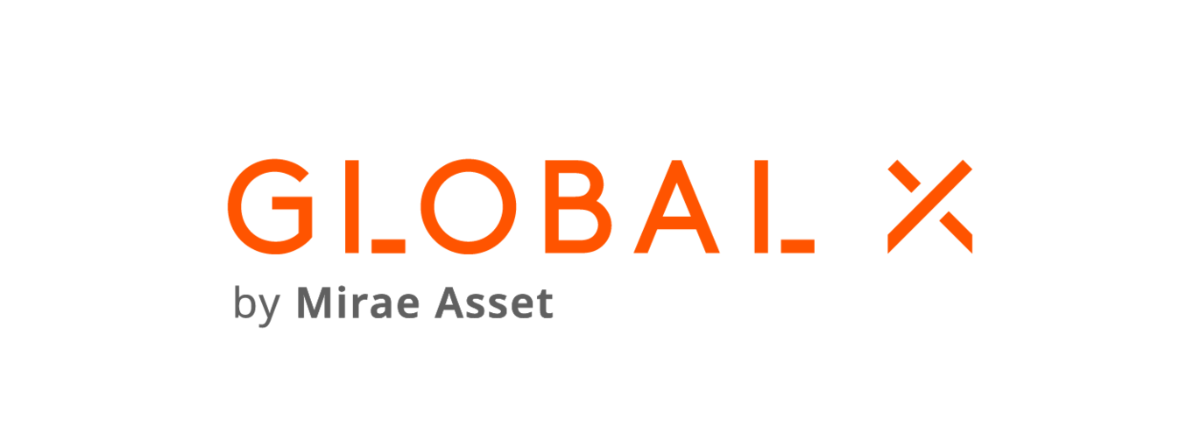Buffer and tail hedge strategies may just be one of many US imports to European ETFs, but investors should familiarise themselves with the products’ mechanics and why their returns may appear dislocated from the defined outcomes advertised.
Since the start of the year, four S&P 500 defined outcome ETFs from Global X were underperforming Europe’s largest S&P 500 ETF, the iShares Core S&P 500 UCITS ETF (CSPX), by between 1.3% and 2.1%. Four days earlier, the performance lag ranged from 0.9% to as much as 9.3%.
The four ETFs and their 2024 returns, as at 26 January:
Global X S&P 500 Quarterly Buffer UCITS ETF (SPQB) 1.3%
Global X S&P 500 Quarterly Tail Hedge UCITS ETF (SPQH) 1.3%
Global X S&P 500 Annual Buffer UCITS ETF (SPAB) 1%
Global X S&P 500 Annual Tail Hedge UCITS ETF (SPAH) 0.5%
However, between the start of the year and 22 January, SPAB and SPAH had returned -7% and -7.4%, respectively.
Rob Oliver, head of business development for Europe at Global X, explained these disparities are natural features of the options contracts underlying the ETFs, which are designed to deliver the full extent of their defined outcome over their full quarterly or annual outcome periods, respectively.
“That is why we publicise the remaining expected up-capture and down-capture on our website, because intra-month, the ETFs would not track the S&P 500 exactly, because of the way the options are priced and the fact they expire at the end of the quarter or annually,” Oliver said.
However, while protecting against certain drawdowns – such as -5% over a quarter for SPQB and as much as -35% annually for SPAH – the ETFs should in theory be able to capture the upside in their underlying exposure, up to pre-determined quarterly caps.
Oliver explained while this is the case for the duration of the contracts’ roll period, he noted the time decay built into the options means they tend to have an initial delta of 0.5 versus their underlying exposure, explaining the limited upside.
“If you think about a delta of 0.5, if the market is up by 1%, you would expect these products to be up 0.50% at the start,” he continued.
“That delta moves throughout the period and that is why it is important to enter these products right at the beginning of the roll period to access the full potential upside during the outcome period.”
Global X has been a first mover in bringing its defined outcome S&P 500 and Nasdaq 100 ETFs to Europe since 2022, providing investors with tools to remain invested in equities even while shielding against downside over different periods.
After an initially muted reception – with some fund selectors arguing attractive yields have seen fixed income stage a comeback as the natural alternative to volatility in conventional equities – defined outcome ETFs have seen signs of life in UCITS format, with SPQB marking the start of 2024 with $94m inflows.
“Given where markets are this year, with a number of elections and inflationary uncertainty, increased volatility and more sideways markets support the case for buffer ETFs,” Oliver concluded.



